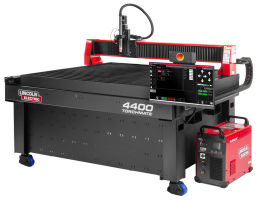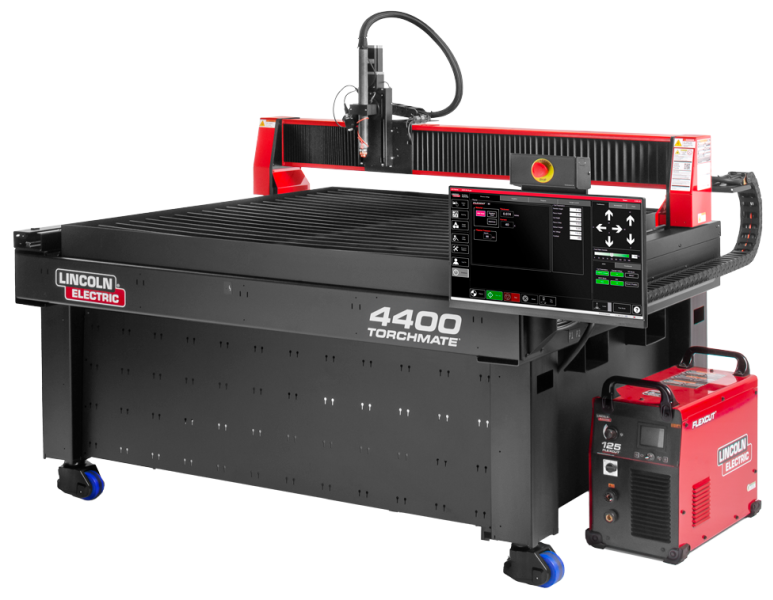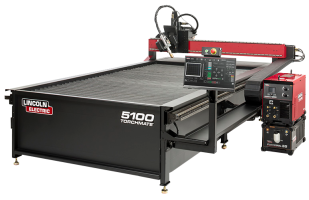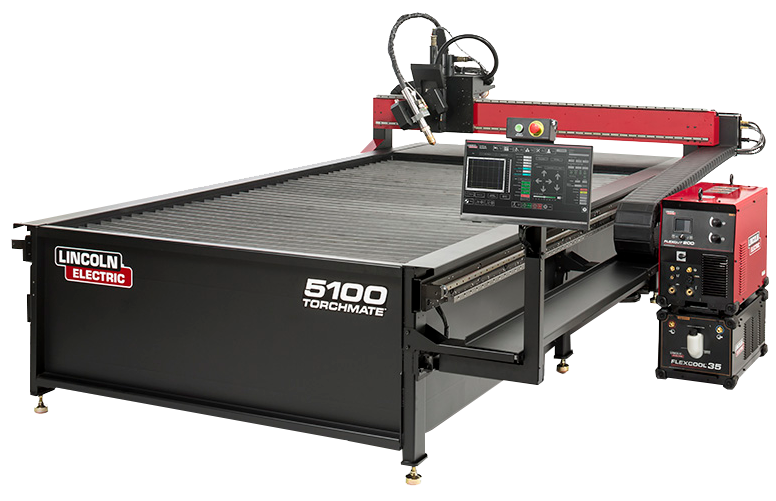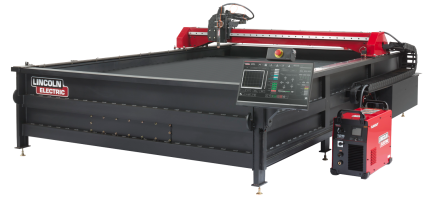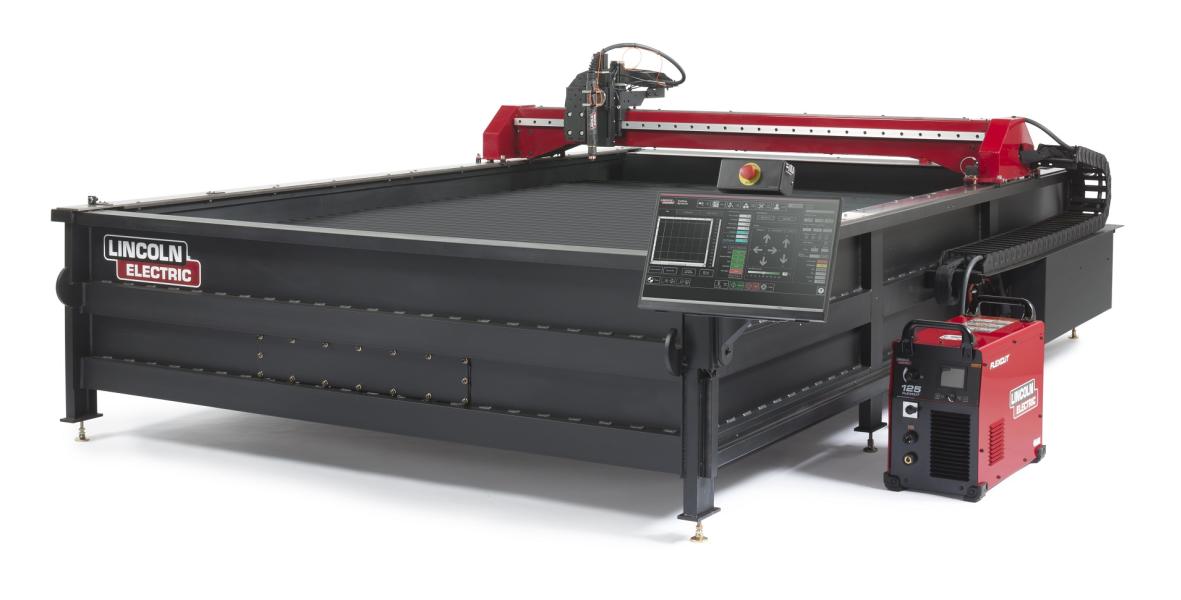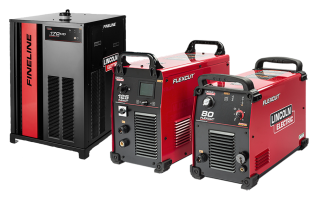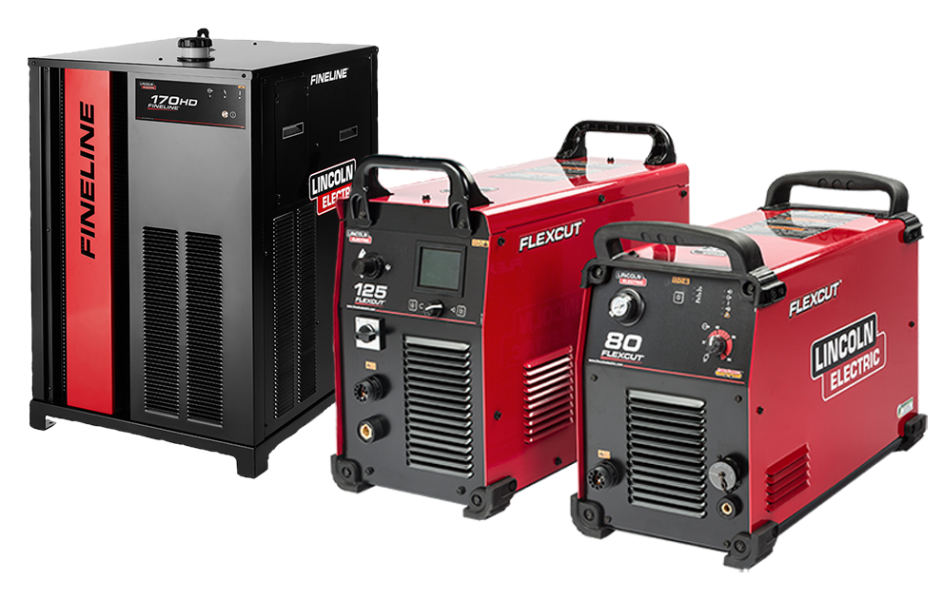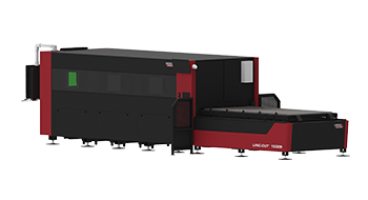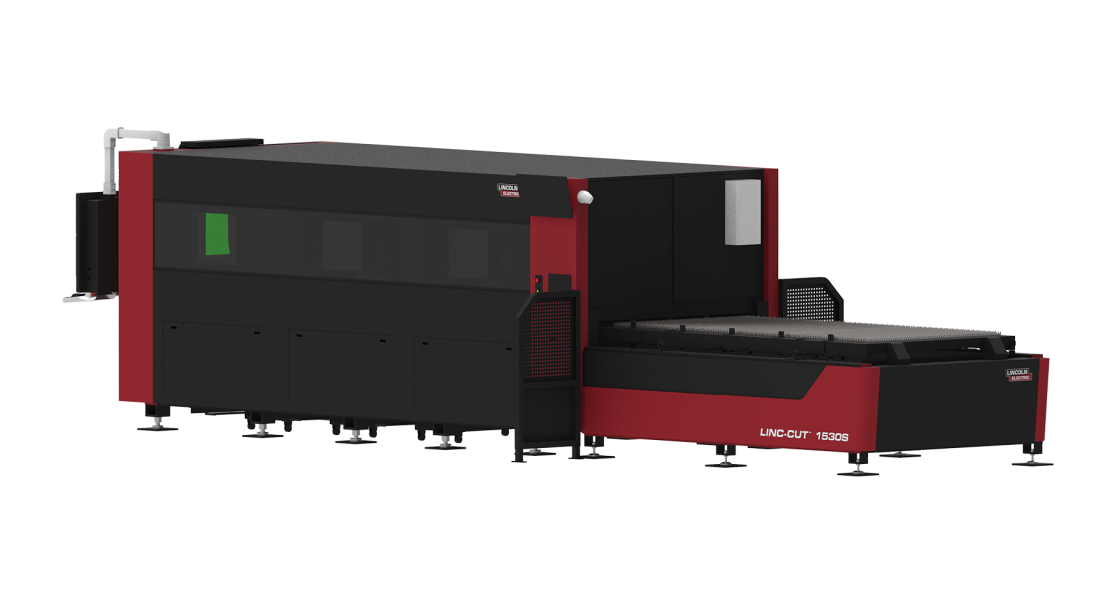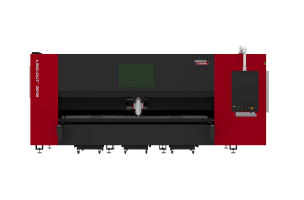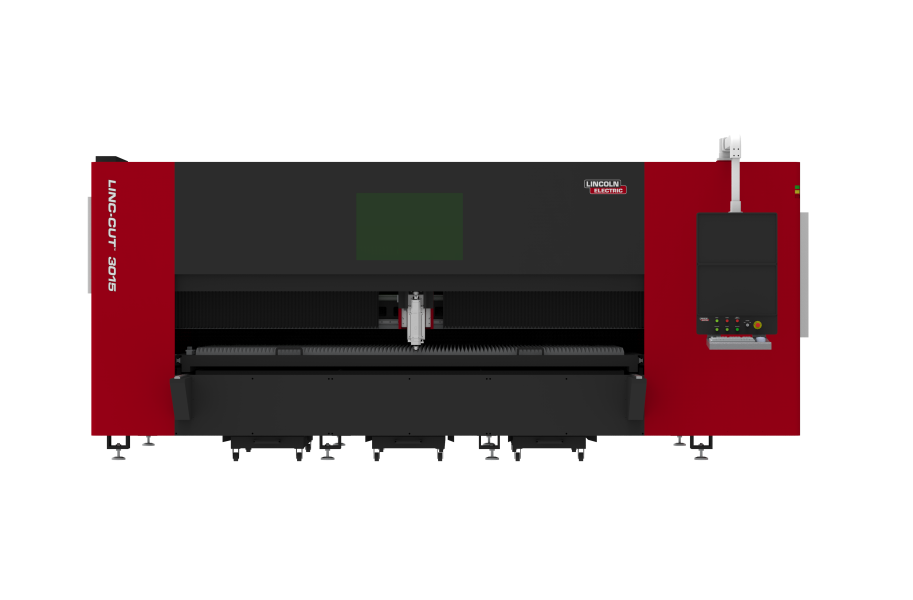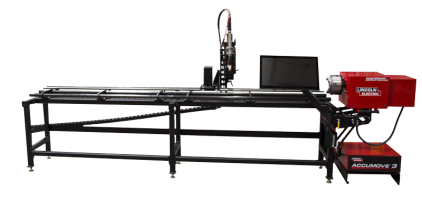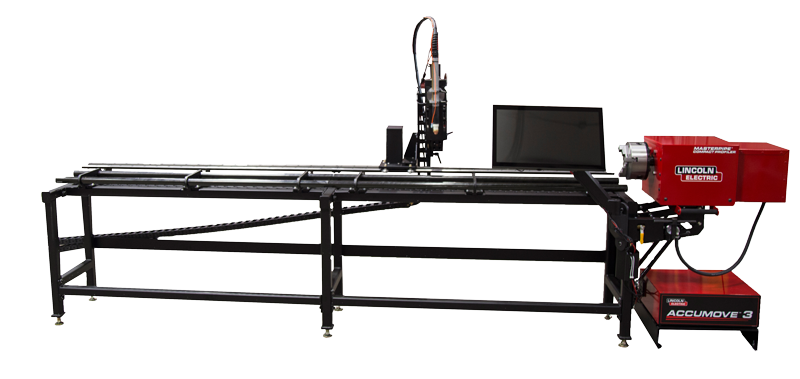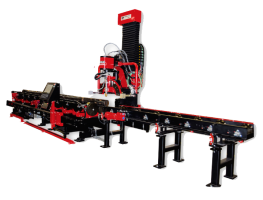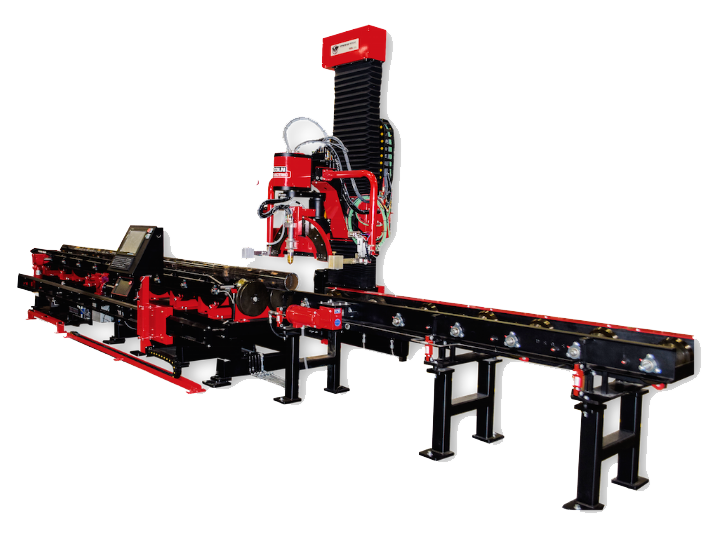Design | Cut | Build – Season 2, Episode 1 – Make a DIY Fireplace Screen!
Building and designing your own fireplace screen lets you add artistic elements that traditional ones lack. Whether you’re building one for yourself, or for a customer, you can add as many artistic elements as you’d like! In this episode, we will show you how to make fireplace screen featuring regional design elements with a Torchmate cutting table, some 3/16” mild steel and expanded metal, and some paint.
Add in Intricate Details with the Node Editing Feature in Torchmate CAD

Torchmate CAD allows its users to not only import existing files into the software, and scan in pre-existing designs, but also lets users edit those designs node by node to make sure the design is exactly as it should be. Node editing is also helpful when you have complicated or intricate designs to cut out. Reducing the number of nodes in the design will also reduce the amount of g-code the machine will have to process while cutting, giving you smoother lines in the end. When fine lines are present in more intricate designs, node editing can also help insure that the lines will be thick enough to cut, and will not melt or fall off during the cutting process.
Although node editing is considered one of the more advanced techniques for Torchmate CAD, anyone can pick it up easily! Torchmate University has a complete library of video tutorials available to help you learn more about node editing and other techniques required to use Torchmate CAD successfully.
Ready, Set, Do It Yourself!

When you have finished creating your designs in Torchmate CAD, they can be transferred over to a Torchmate table to be cut out! Remove any rough edges on the front and back with a grinder, and then get ready to cut your expanded metal to act as the protection against embers from the fire. In this episode, two layers of expanded metal was used – one laying horizontal and the other laying vertically to give added protection against any embers. Plus, it gives it a nice artistic effect! The expanded metal was welded on to the frame using a Lincoln Electric PowerMig 210 MP multiprocess welder. The same welder was also used to tack weld the frame together. Once everything has been assembled and feels sturdy, it can move on to being painted!
Head to FabricationForum.com to find all of the design files and a list of materials used in this episode. Once you’re done designing and building, share a photo of your own fireplace screen to showcase it to the rest of the community. Don’t forget to let us know how your build went!



